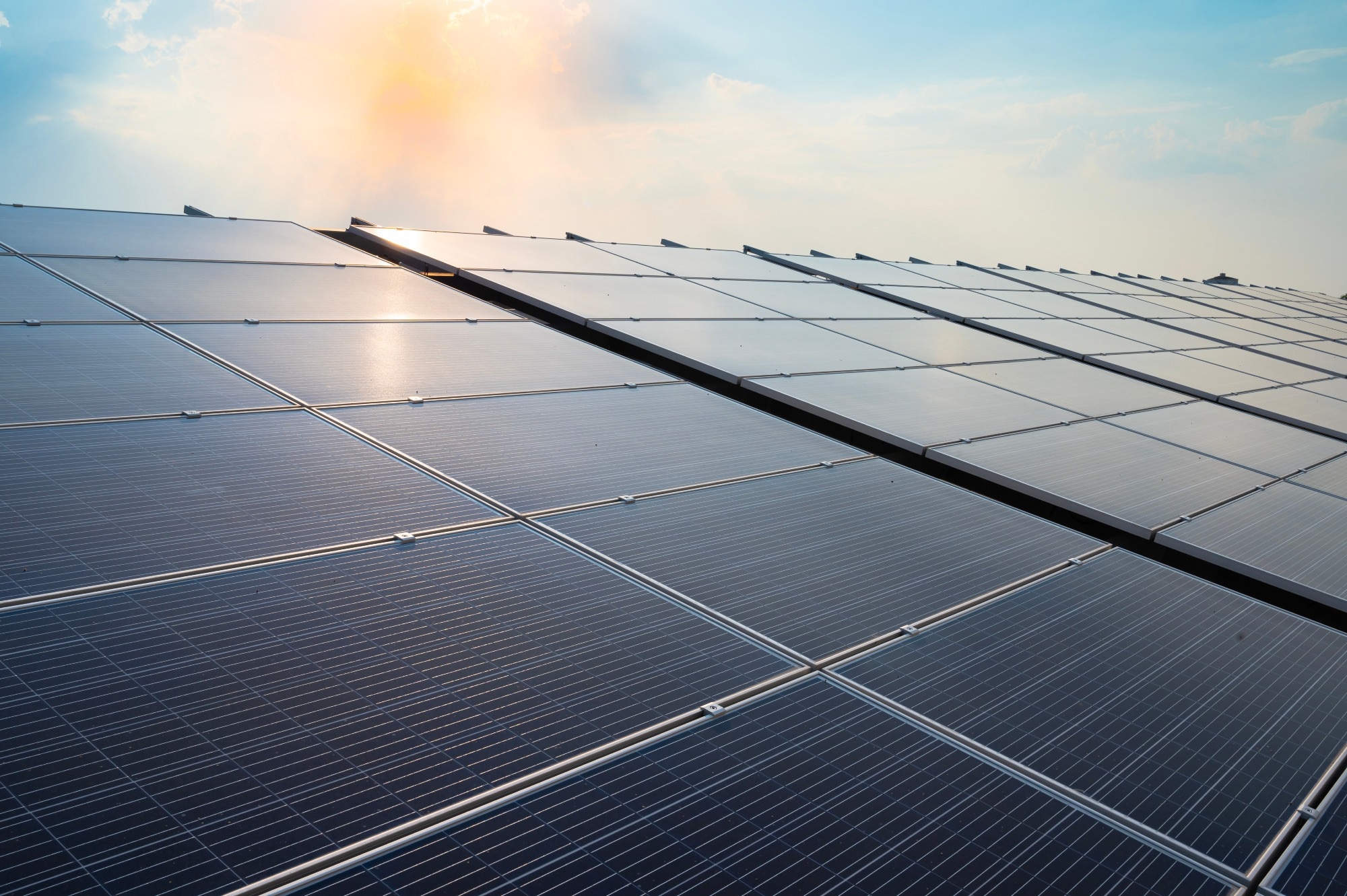In an article recently published in the Journal of Environmental Friendly Materials, the authors reviewed the recent advances in quantum material development for solar cell construction.
 Study: Quantum Dots: Revolutionizing Solar Cell Efficiency. Image Credit: Komsan Loonprom/Shutterstock
Study: Quantum Dots: Revolutionizing Solar Cell Efficiency. Image Credit: Komsan Loonprom/Shutterstock
Background
Solar cells, one of the most crucial equipment in the novel and clean energy domain, play an important role in decreasing environmental pollution. Thus, considerable efforts have been made to increase solar cell efficiency, and quantum science has made a substantial contribution to this effort.
Quantum materials are among the new materials used for developing solar cells, with different types of quantum dots receiving special attention. Quantum dots containing various materials like lead, gallium, carbon, and graphene can significantly enhance solar cell efficiency.
Additionally, solar cells developed using quantum dot technology display 1 % to more than 15 % improvements in power conversion efficiency compared to conventional solar cells. In this paper, the authors reviewed the application of quantum dots in the development of solar cells.
Indium Phosphide (InP) Quantum Dots
Indium phosphide (InP) quantum dots are colloidal quantum dots utilized in developing solar cells. They exhibit a high absorption coefficient and an optimal band gap. Moreover, InP quantum dots are less toxic than lead (Pb) and cadmium (Cd), enhancing their appeal as a safer alternative in solar cell technology.
For instance, a study investigated the effect of applying InP quantum dots to a titanium dioxide (TiO2) layer by creating a 10 nm quantum dot layer on the surface. The results showed a substantial increase in solar cell efficiency, reaching up to 19.2 %. This significant improvement was achieved without the presence of Cd and Pb quantum dots.
Cadmium Sulfide (CdS) Quantum Dots
CdS quantum dots are widely used nanoparticles that play an essential role in the development of core-shell quantum dots, primarily employed in solar cells and as biomarkers. The sol-gel method is a leading technique for both applying and synthesizing these CdS quantum dots. Research has shown that using the sol-gel method to apply a CdS quantum layer can enhance solar cell efficiency by 72 % compared to the baseline efficiency of the original cell.
Furthermore, the implementation of CdS quantum dots has also led to an 18.9 % improvement in power conversion efficiency over cells using gallium arsenide (GaAs) quantum dots. Typically, an increase in the size of the CdS quantum particles correlates with improved efficiency.
For example, when the size of the CdS particles is increased from 3.210 nm to 4.400 nm, the efficiency boosts from 0.150 to 0.480. The combined application of CdS and lead sulfide (PbS) quantum dots on the solar cell surface not only prevents excessive growth of lead quantum dots but also enhances the overall efficiency of the cell.
Additionally, the interaction between the sulfides leads to the deactivation of high-density defects, further boosting efficiency. Studies have indicated that solar cells sensitized with both CdS and PbS can achieve a fivefold increase in efficiency.
Gold (Au) Quantum Dots
Metallic gold (Au) nanoparticles (NPs), characterized by their multilayer atomic structures, are versatile in various applications. Recent research has highlighted their potential as novel quantum dots in the development of solar cells.
One notable study examined the incorporation of Au NPs into solar cells, revealing that these nanoparticles exhibit a polycrystalline structure on the cell surfaces. This integration led to a 15 % improvement in solar cell efficiency. Additional research has demonstrated that the presence of Au quantum dots can further enhance the power conversion efficiency of solar cells by 16 %.
Gallium (Ga) Quantum Dots
Recent research has also investigated the impact of Ga quantum dots on solar cell performance. The study found that GaSb/GaAs quantum dots significantly enhanced performance, yielding a 36.3 % increase in solar cell efficiency. Furthermore, using indium arsenide/gallium nitride arsenide (InAs/GaNAs) quantum dots through direct doping improved photocurrent due to optical transitions, resulting in a 29 % increase in efficiency.
Carbon-based Quantum Dots
Various carbon quantum dots have been integrated into different layers of photovoltaic cells, such as the hole transport layer (HTL), electron transport layer (ETL), counter electrode, and photoanode. This integration has been tested in configurations like organic solar cells (OSC) and dye-sensitized solar cells (DSSCs).
When carbon quantum dots are combined with CdS quantum dots, there is a significant enhancement in solar cell performance, with power conversion efficiency increasing from 0.265 to 0.616. In perovskite solar cells, the presence of carbon quantum dots raised the power conversion efficiency from 16.57 % to 20.44 % and improved the fill factor from 70 % to 75 %.
Overall, this review underscores the increasingly vital role of quantum materials, specifically quantum dots, in boosting the efficiency of solar cells.
Journal Reference
Ashkani, O., Abedi-Ravan, B., YarAhmadi, Y. (2024). Recent Advances in the Development of Quantum Materials for the Construction of Solar Cells: A Mini Review. Journal of Environmental Friendly Materials, 8(1), 67-75. https://sanad.iau.ir/Journal/jefm/Article/1122699
Disclaimer: The views expressed here are those of the author expressed in their private capacity and do not necessarily represent the views of AZoM.com Limited T/A AZoNetwork the owner and operator of this website. This disclaimer forms part of the Terms and conditions of use of this website.